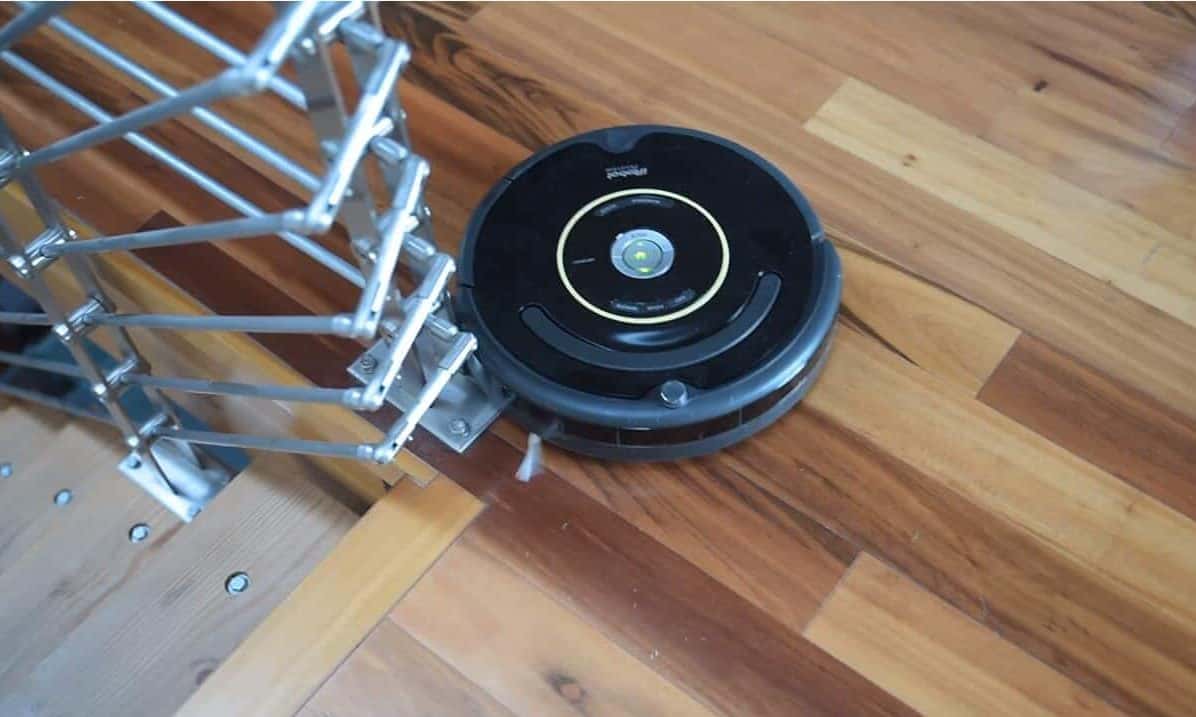What fascinates me the most about the Roomba is how sassy and independent it is. Once you press the Clean button, the bot goes on its merry way and comes back home, on its own, after completing the job.
Whether you have just bought a robot vacuum or are in the market for one, you are probably wondering how does Roomba vacuum know when to stop.
While you can stop it manually, the bot has its own inbuilt mechanism that tells it when to end a cleaning session temporarily or permanently.
Here is a simple guide to help you understand how the Roomba robot navigates and cleans your home before stopping and returning to its dock.
Roomba Sensors
The Roomba vacuum comes with several inbuilt sensors that help the robot to do plenty of things, including mapping out your home. This enables the robot to vacuum and stop vacuuming autonomously.
1. Front and Bumper Sensors
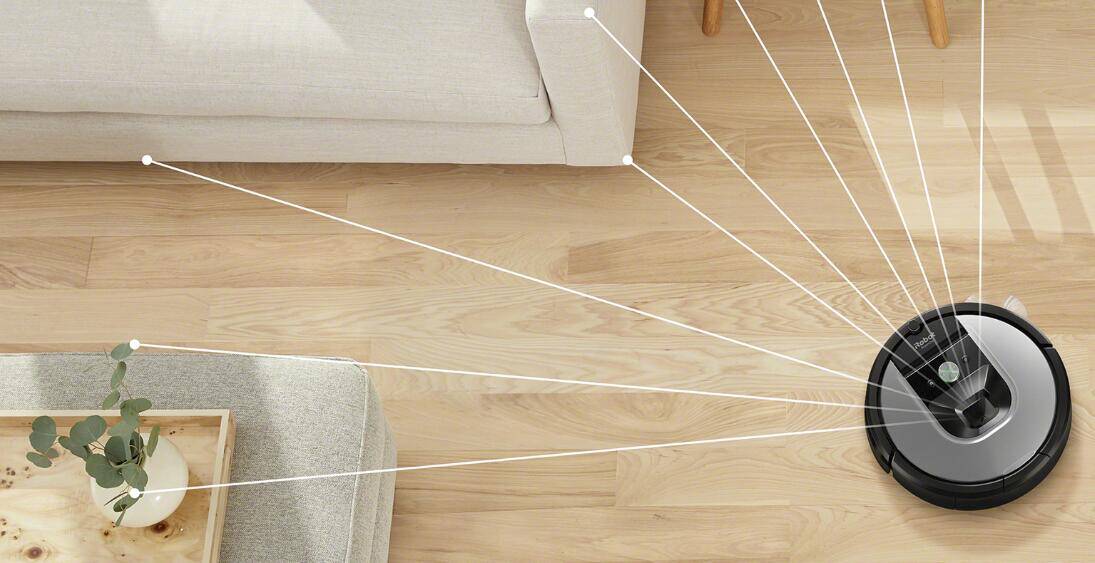
The first sensor is at the top of the robot and emits infrared beams to detect obstacles and walls. There is also a touch-sensitive sensor right underneath the robot. Both not only help the Roomba to avoid bumping into obstacles but also help the unit to detect the distance from the center of the room to the walls so it can figure out the size of the room and how long it should take to clean.
2. Cliff Sensors

Underneath the vacuum are cliff sensors, which illuminate their infrared beams downward, alerting the unit to stop and turn around when it detects steep areas such as staircases. The robot will also stop and take a different direction if it senses that it might get caught up in a rug or in-between furniture.
3. Dirt Sensors
Dirt sensors help the Roomba detect particularly dirty areas in a room so the unit spends more time cleaning that patch.
All in all, Roomba considers factors such as the size of a room, obstacles, and the amount of dirt to determine how much time it should spend cleaning before stopping and going back to its home base.
Roomba Room Mapping

Other than the sensors, some Roomba models are also equipped with pretty cool technology known as Vision Simultaneous Localization and Mapping (VSLAM). This not only adds a layer of smarts but also gives these newer Roombas an edge over other robot vacuums when it comes to cleaning efficiency.
While older models cleaned in a random pattern, newer and some of the best Roomba models such as the i7 and the 980 clean more strategically. The VSLAM technology in these models uses beacons and cameras mounted on the camera to take photos of each room, slowly building a map of your home.
Mapping technology helps the robot to know where it has and has not cleaned. The result is faster and more efficient cleaning. Room mapping also enables the robot to stop vacuuming when the battery is low and to pick up from where it left after recharging.
Once it has cleaned the mapped out area, the robot stops autonomously and goes back to its charging dock.
Virtual Wall and Lighthouses
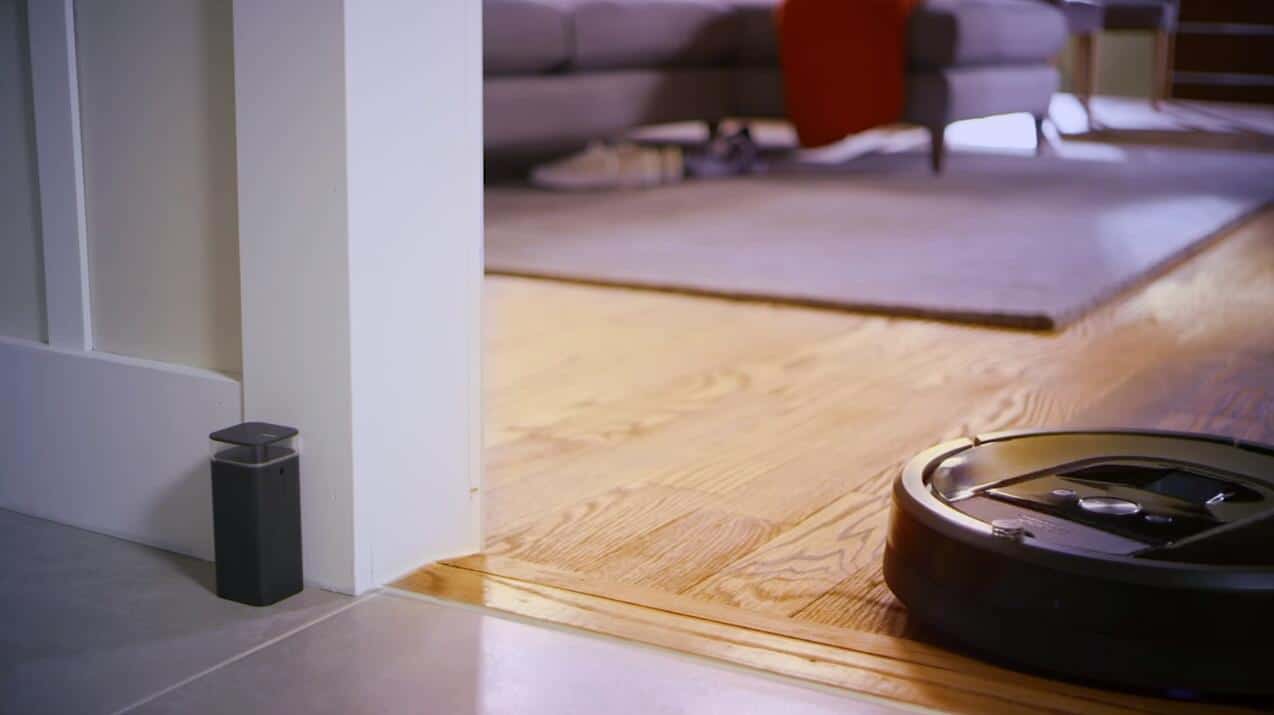
Another helpful feature is the lighthouse and virtual wall available in most Roomba models.
The lighthouses emit infrared light helping the robot to detect the transition between different rooms in the house. This way, the bot can clean one room thoroughly before moving to the next.
You can also activate the virtual wall, which stops the robot from cleaning certain barricaded areas. For example, you can set up the virtual wall to keep the bot from waltzing into your bedroom while you sleep.
If you are looking for an even smarter vacuum where room mapping is concerned, the Roomba i7+ is worth checking out. In addition to mapping out your home, this latest Roomba also stores memories of the location, size, and shape of each room.
This means you can program your robot to clean certain rooms on different days of the week. Apart from stopping to recharge, the robot will only end its cleaning session when it cleans those particular rooms.
Bin Full Indicator
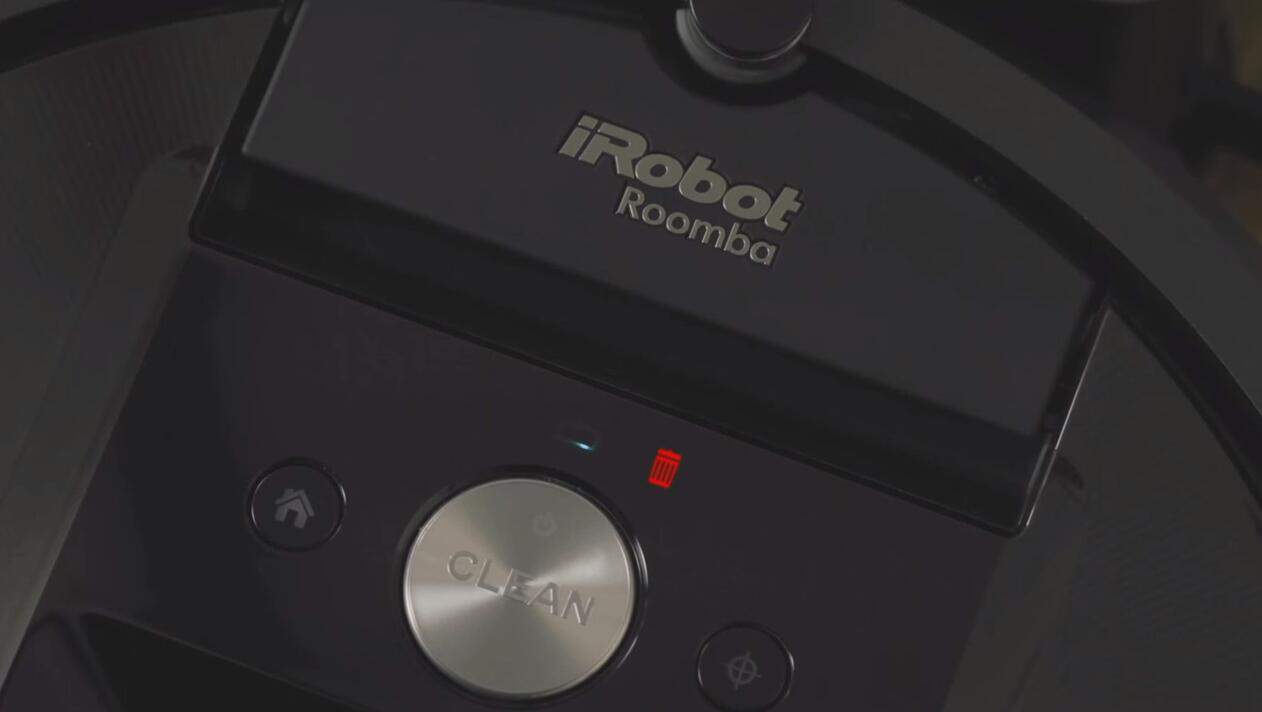
We’ve seen that the Roomba primarily relies on its sensors to complete a cleaning session before stopping and docking.
Something else that lets the robot know it is time to stop is when the dustbin is full. When this happens, the bin full indicator on the robot will blink, prompting you to empty the hopper.
For a wi-fi enabled Roomba, you will receive an alert on your smartphone indicating the robot’s bin is full. Roomba will resume working as soon as you empty the bin and press the Clean button.
Low Battery Charge
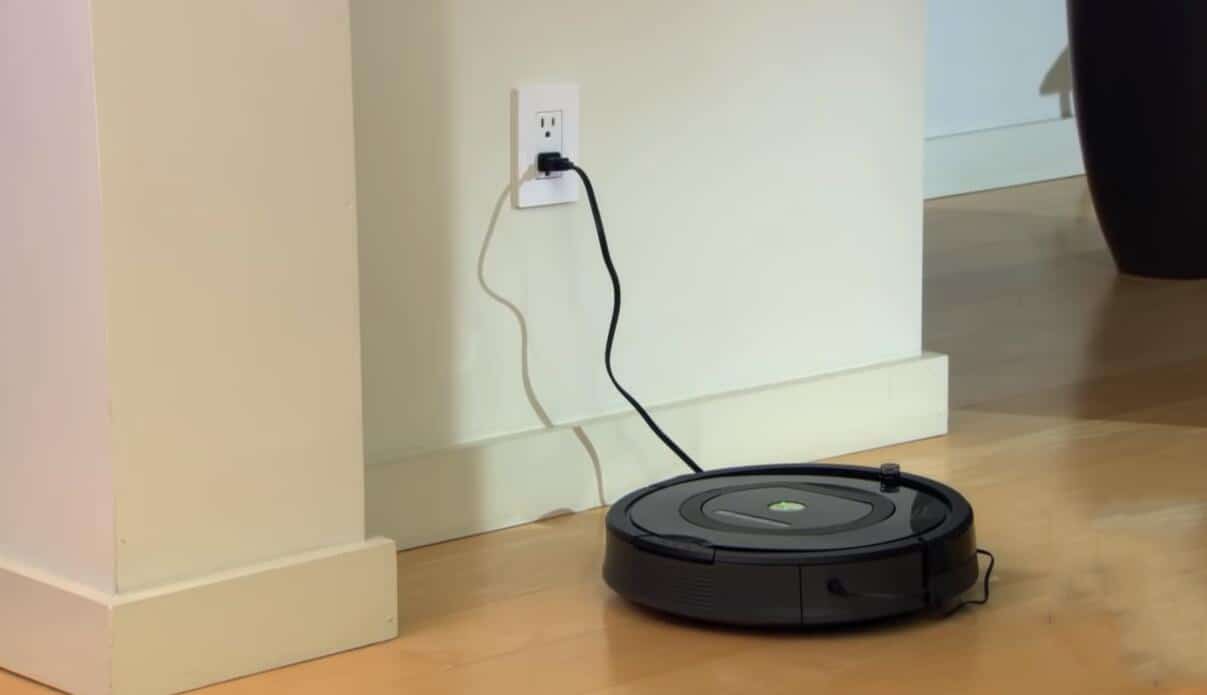
Another trigger that lets the Roomba know when to stop cleaning is if the robot’s battery power is running low. Roomba does this using the infrared sensors located at its front bumper.
Roomba models are self-charging, which means the robot will go back to its home base to recharge its batteries. When the battery power is running low, the robot uses its infrared sensors to locate the charging dock, which also emits infrared beams.
The Roomba then follows the beams’ path toward the dock where it can recharge before resuming the cleaning session.
Generally, a robot vacuum will give you about 1-2 hours of cleaning time before heading back for a recharge but this mostly depends on the size of your house.
Conclusion
A lot goes into making Roomba models work effortlessly to keep your home clean. The series of inbuilt sensors play a big role in helping the robot get the job done and stop when it is appropriate to do so.
So to answer the question, how does Roomba vacuum know when to stop, here is a quick recap:
- Multiple inbuilt sensors enable the robot to get a feel of your home and know how long to clean
- Full bin sensors can trigger the robot to stop the job
- A low battery charge will cause the vacuum to stop to recharge
